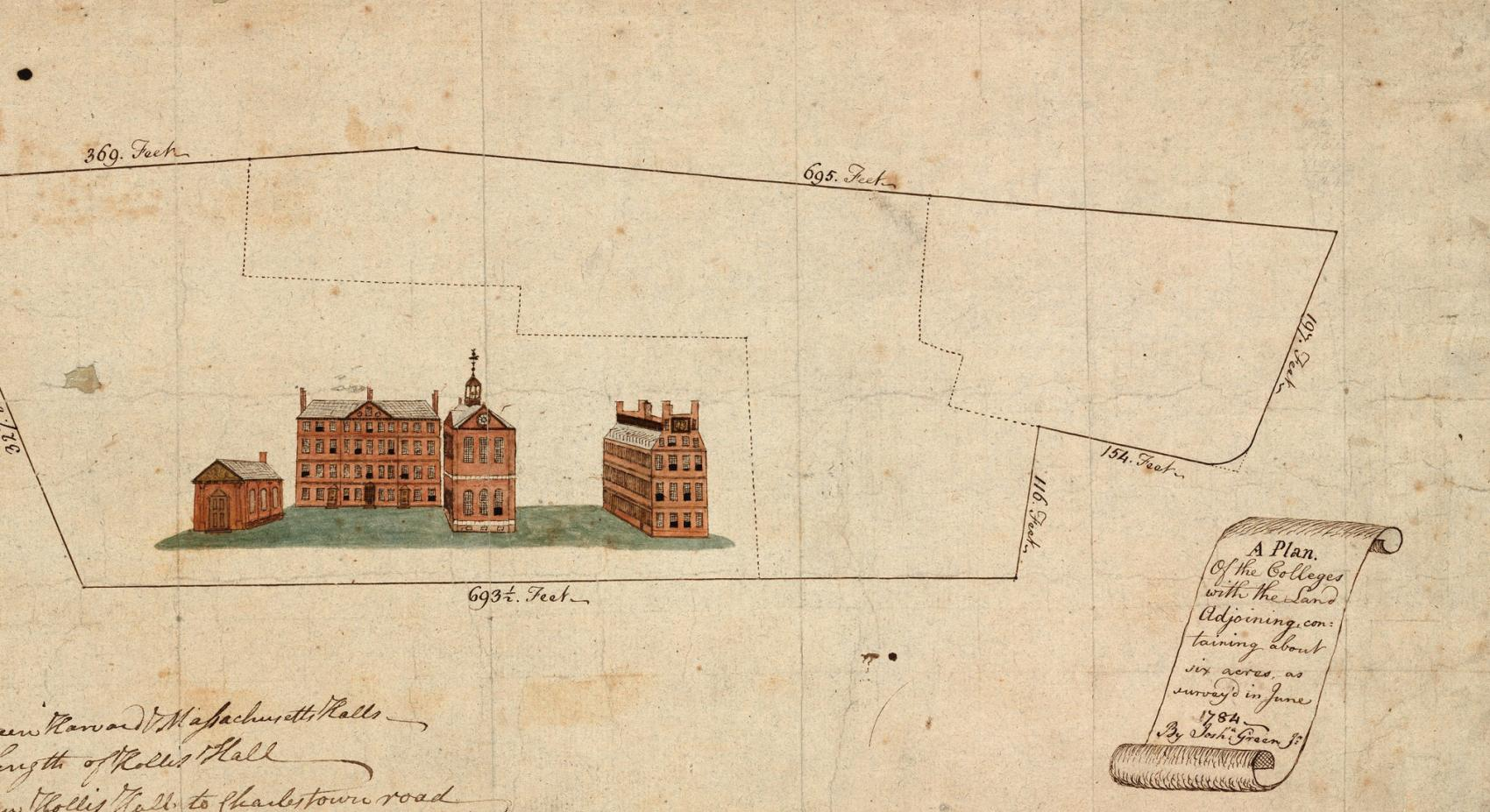The grieving process is an intricate journey, one that many navigate after the profound experience of losing a loved one. It’s a deeply personal path that can feel disorienting, as it intertwines moments of sorrow with fleeting glimmers of hope. Dealing with loss often brings forth a cascade of emotions that can leave us reeling, illuminating the importance of grief in healing our hearts and minds. Understanding how to cope with death and its aftermath allows us to honor our loved ones while gradually finding our footing again. As we embark on this emotional expedition, it’s essential to embrace our feelings, remembering that healing after loss is not just an endpoint but a transformative experience.
The journey of mourning encompasses a variety of emotional stages and responses that many individuals encounter following the death of someone significant in their lives. This heartfelt experience, often referred to as the mourning journey, unveils the multifaceted nature of loss, where feelings of sadness, disbelief, and even anger can surface unpredictably. When navigating grief, it is vital to recognize that each person’s reaction to loss is unique, and there is no right or wrong way to grieve. Finding ways to process these emotions and honoring the memories of those we’ve lost becomes a fundamental aspect of our healing journey. Ultimately, understanding this complex emotional landscape will empower us to move forward with resilience and compassion.
Understanding the Grieving Process
The grieving process is a personal and unique journey that everyone experiences differently. It can often feel disorienting and painful, particularly after a sudden loss such as the passing of a loved one. In the wake of such situations, individuals may encounter a range of emotions, including disbelief, anger, guilt, and profound sadness. Understanding that these feelings are normal and part of navigating grief is crucial in helping individuals cope with death and the accompanying void it leaves in their lives.
Coping with loss can often mean facing uncomfortable feelings and memories. It’s important to acknowledge the importance of grief as a vital aspect of healing. Though it may feel isolating, recognizing that many others also grapple with their own grief can create a sense of solidarity. Engaging in conversations about one’s feelings, seeking support from friends or support groups, and allowing oneself to express emotions can foster healing and pave the way through the grieving process.
Coping with Death: Finding Resilience in Grief
Coping with death requires a blend of time, patience, and support from those around you. It’s not just about moving on; it’s about processing the loss in a way that honors the love shared with the deceased. Geraldine Brooks’ journey exemplifies how essential it is to carve out space for grief—to accept one’s feelings rather than suppress them. This can be achieved through rituals, memorials, or simply by vocalizing one’s memories of the loved one.
Resilience in grief does not mean forgetting or minimizing the loss; rather, it involves finding ways to incorporate the memories of the departed into one’s life moving forward. Activities such as journaling, creating artwork, or even participating in community events dedicated to the deceased can serve as therapeutic outlets. These practices help individuals and families deal with the complexities of grief, allowing them to remember and celebrate their loved ones while navigating the path toward healing.
The Importance of Grief: Acknowledge and Express
The importance of grief cannot be overstated; it serves as a testament to love and the bond shared with the one who has passed. Suppressing grief can lead to complications, resulting in delayed healing or prolonged distress. As Geraldine Brooks illustrates in her narrative, the continued performance of societal roles can mask the more profound pain and complexity of personal grief, ultimately preventing healing after loss.
Expressing grief in a healthy manner allows individuals to validate their feelings and experiences. It is essential to find a supportive environment—whether through friends, support groups, or therapy—where individuals can share their journey. This openness not only aids personal growth but encourages a deeper understanding of the significance of grief in the healing process, ultimately reinforcing that sadness is a natural expression of love.
Navigating Grief: Steps Towards Healing
Navigating grief involves taking conscious steps towards healing. Such steps can begin with acknowledging the emotional landscape that comes with loss—recognizing that it includes both highs and lows. Engaging in mindfulness practices, such as meditation or nature walks, can provide solace and create a space for gentle reflection. Brooks’ retreat to Flinders Island represents a deliberate choice to honor her grief, emphasizing that sometimes stepping away from daily distractions is vital for emotional clarity.
Additionally, developing a consistent routine that prioritizes self-care is crucial in this journey. Simple acts—like maintaining good nutrition, regular exercise, and seeking moments of joy—can help create a semblance of normalcy and balance amidst chaotic emotions. Navigating grief is not a linear process; it requires patience and understanding while encouraging individuals to embrace both the pain and the moments of lightness that arise as healing unfolds.
Healing After Loss: Strategies for Recovery
Healing after loss can often feel like an overwhelming prospect, but it can be approached strategically. One meaningful strategy is allowing oneself to grieve openly and without judgment—it is a healthy expression of love and a vital aspect of recovery. Journaling, creating art, or partaking in memorial activities can be enriching ways to express emotions and begin the healing process.
Moreover, finding support through community, whether through groups, therapy, or even engaging with close friends and family, can significantly enhance the recovery experience. Sharing stories, reminiscing, and connecting with others who understand the pain of loss creates a shared healing space, reinforcing that the journey through grief is not one that has to be walked alone.
Recognizing the Unique Nature of Grief
Grief is unique to each individual, shaped by the relationship with the deceased and personal coping mechanisms. Understanding and honoring this uniqueness is crucial in dealing with loss effectively. Each person may have their own timeline and triggers, which requires sensitivity and compassion both from oneself and those around them.
Acknowledging that no two grieving experiences are the same allows individuals to embrace their path without comparing it to others. This can foster self-acceptance and encourage those in mourning to seek help when needed, reinforcing the notion that grieving is not a sign of weakness but a profound testament to the love shared.
The Role of Memory in the Grieving Journey
Memory plays a pivotal role in the grieving process, acting as a bridge between love and loss. The act of remembering not only honors the deceased but also facilitates emotional processing. As individuals navigate their grief, sharing cherished memories can evoke both joy and sorrow, highlighting the depth of their connections.
Geraldine Brooks emphasizes this relationship with memory, utilizing it as a tool for healing. Allowing oneself to remember—whether it is through storytelling, photo sharing, or visiting places that hold significance—can keep the loved one’s spirit alive, reinforcing the bond while also enabling emotional expression.
Finding Closure: The Importance of Rituals
Closure often feels elusive in the wake of loss, but establishing rituals can assist in providing a sense of closure. Rituals can be as simple as lighting a candle, visiting a gravesite, or creating an annual memorial event to honor the deceased. These practices serve as acts of remembrance and help individuals transition out of the initial stages of grief.
By incorporating rituals into the grieving process, individuals can create a structure that acknowledges their pain while also facilitating healing and reflection. They offer tangible ways to express emotions and connect with the memory of the loved one, transforming grief into a nurturing homage to their life.
Support Networks: Building a Community Around Grief
Building a support network is essential in navigating grief, providing comfort and understanding during a challenging period. Whether through friends, family, or community organizations, a solid support system can alleviate feelings of isolation that often accompany loss. Connecting with others who have experienced similar grief can create a shared understanding and validation of each other’s emotions.
Support networks can take many forms, such as grief counseling or community support groups, offering a safe space for individuals to share feelings and experiences. This communal approach reinforces the idea that grieving is a shared human experience, allowing individuals to process their loss within the context of a supportive and empathetic community.
Frequently Asked Questions
What is the grieving process and how can it affect my daily life?
The grieving process is a natural response to loss, typically involving a range of emotions such as shock, anger, sadness, and eventually acceptance. Understanding this process is crucial as it can deeply impact daily life, influencing how one copes with death and navigates through the challenges of loss. It’s important to allow yourself to grieve and express your feelings, which can aid in emotional healing and recovery.
How can I cope with death and the grief that follows?
Coping with death involves acknowledging your feelings and allowing yourself to experience the full range of emotions tied to your loss. Engage in supportive practices such as talking with friends and family, seeking professional help, or joining support groups. These methods can provide a sense of community and understanding, facilitating healing after loss. Remember that healing is a process, and it’s important to be patient with yourself.
Why is it important to allow grief to unfold naturally?
The importance of grief lies in its function as a means to honor the loved one you’ve lost. Grieving is essential for emotional health, promoting healing and facilitating acceptance. It enables you to process emotions and memories associated with your loss, which is crucial for moving forward in life. Suppressing grief can lead to prolonged pain, so it’s vital to allow the grieving process to unfold naturally.
What are some healthy ways to deal with loss?
Healthy ways to deal with loss include seeking support from loved ones, engaging in creative outlets like writing or art, practicing mindfulness and meditation, and allowing yourself to express emotions through tears or conversations. Journaling your thoughts and feelings can also help in navigating grief and facilitating healing after loss. Finding ways to commemorate your loved one and maintain their memory can provide comfort during the grieving process.
How can I support someone who is navigating grief?
Supporting someone who is navigating grief involves being present and listening without judgment. It’s important to allow them to express their feelings and provide assistance in practical ways, such as helping with daily tasks or simply being a shoulder to lean on. Encouraging them to talk about their loved one and share memories can help them process their emotions. Remind them of the importance of grief in healing and that it’s okay to reach out for professional help if needed.
| Key Point | Description |
|---|---|
| Loss of a Loved One | Geraldine Brooks recounts the sudden loss of her husband, Tony Horwitz, detailing the shock and confusion following his unexpected death. |
| The Nature of Grief | Brooks describes grief as a pendulum swing, oscillating between denial and acceptance while navigating through profound sadness. |
| Cultural Perspectives on Grief | The author emphasizes the lack of space in contemporary culture to genuinely grieve, suggesting that personal grief often goes unacknowledged. |
| Personal Reflection and Healing | Brooks reflects on her journey to grieve openly, creating a personal memorial to honor her late husband, and recognizing the importance of allowing oneself to feel and process grief. |
| The Role of Nature in Grieving | She plans to spend time in nature on Flinders Island to support her healing process, indicating a search for solace in the natural world. |
Summary
The grieving process is an intricate journey that often requires time and space to navigate deeply felt emotions. In her poignant reflection on the loss of her husband, Geraldine Brooks highlights the importance of acknowledging one’s grief and allowing oneself to process these emotions fully. She emphasizes that grieving should not be hurried or suppressed, but rather embraced as a natural response to loss, illustrating how characteristically isolating and yet profoundly personal this experience can be. Ultimately, celebrating the life of a loved one through meaningful acts of remembrance can aid in healing and returning to a place of emotional balance.



